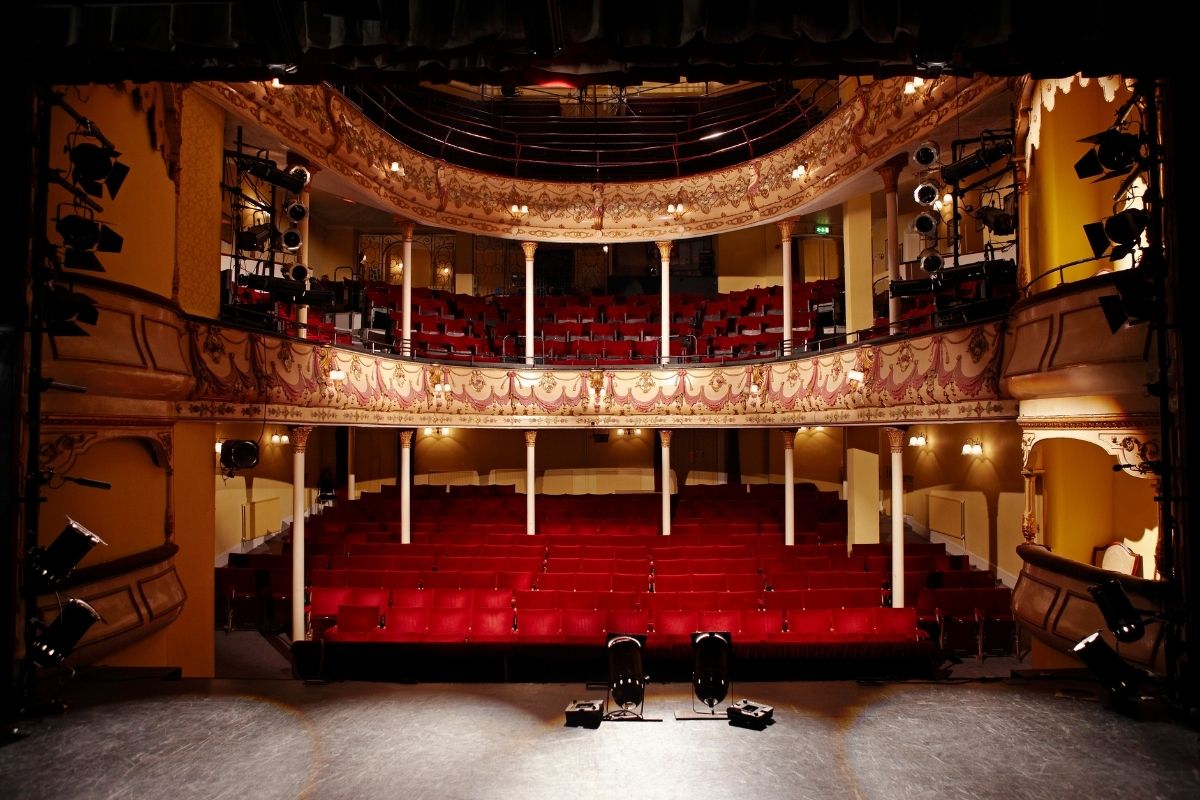Managing the Art Manages the Experience
For performing arts, “You always want Arts managers as part of your company because they’re the ones who want to figure out how to make it possible for the art to reach audiences and how they can enable the creativity from people that they’re working with to achieve their highest possible level and to be as relevant as possible to audiences,” explains Elizabeth Bradley. “You have general managers and executive directors sometimes producing artistic directors.”
Based on her performing arts education, Bradley clarifies, “If you take an example of a company such as the Manhattan Theatre Club, the Signature Theatre, the Roundabout in New York, or the Atlantic Theater, you’d see these are not-for-profit companies, meaning they’re not run to create profit from a particular commercial offering to a group of investors. They have a mission for public good and education, and they are contributing to the culture through the realization of their mission.”
“The people who lead those companies, from a logistical perspective, make sure there’s enough money to put the season up, that there’s an artistic director or artistic producer who’s appropriately supported, that there’s a marketing team, a publicity team, a fundraising team, and a group sales team.” Bradley continues, “Of course, the very important people who work in a theater venue, if a company has their venue, as the Manhattan Theatre Club and Roundabout does.”
Elizabeth then concludes, “Who’s working in those box offices, what ushers are showing the patrons to their seats, who’s hiring the front-of-house manager, who’s working with volunteers in the company, and who’s running the education department? All of those functions tend to reside, depending on the budget size of the company, with a general manager or an executive director, or sometimes an artistic producer.” These are lessons well taught in online performing arts education.


